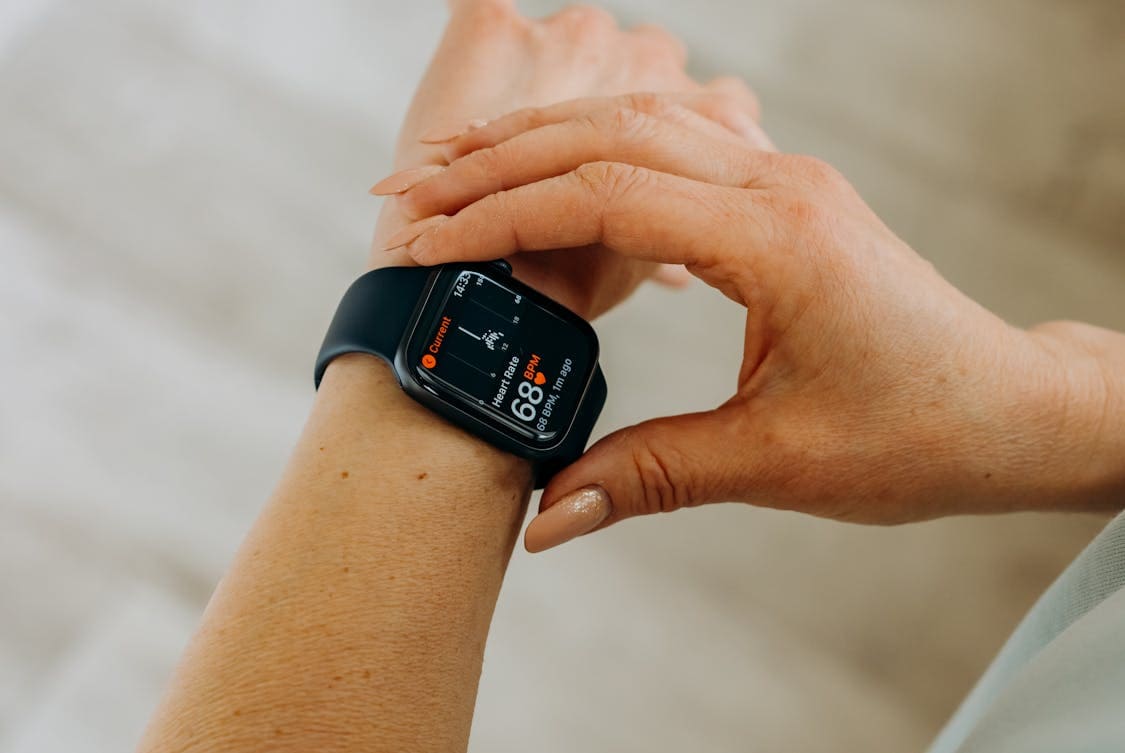Patient communication software includes safe messaging platforms that enable patients to ask questions and clear doubts directly with their doctors. This reduces the risk of misunderstanding and enhances patient engagement.
Digital tools such as payment estimates and insurance coverage discovery help patients understand the costs associated with their appointments. This reduces disputed bills and allows staff to spend more time on patient-facing tasks.
1. Improved Communication
Communication is vital to the success of any business, and healthcare institutions are no different. Effective communication improves patient satisfaction, reduces errors and allows medical professionals to work more effectively with their patients and insurance providers.
Effective communication requires clear understanding of each patient’s unique communication style and needs. This includes being aware of nonverbal cues to prevent misunderstandings and using the right terminology for each patient. It also involves fostering a culture of transparency and encouraging open feedback from both patients and staff members.
Improving communication in the healthcare industry is not without its challenges, but technology can help. Implementing a telemedicine solution or secure messaging system provides a platform for ongoing conversations between healthcare professionals and patients. This makes it easier for patients to ask questions or receive follow-up reminders outside of their in-person appointments. Additionally, tools like CipherHealth’s rounding tool provide structured frameworks for clear and efficient communication during patient handoffs, promoting high reliability throughout the organization.
Healthcare software can also help automate routine tasks, reducing the need for human interaction and freeing up time for medical professionals to focus on patient care. For example, a patient portal lets patients schedule or reschedule appointments online and send automated reminders, while a streamlined payment process enables patients to pay their bills with minimal intervention from staff.
Another way to improve communications is to use data interoperability between medical systems to ensure all providers have access to a complete patient picture. This includes sharing test results, medical history and recent diagnoses with other healthcare institutions, which helps to decrease diagnostic errors. Additionally, interoperability can help eliminate redundancies in the documentation of a patient’s health status by providing a central repository for all information.
2. Enhanced Patient Engagement
When patients are actively engaged in their care, they are informed about their medical conditions, treatment options, and expected outcomes. They are also encouraged to communicate with their healthcare providers and participate in shared decision-making, resulting in better healthcare experiences and improved patient outcomes.
To increase engagement, it’s critical to foster open, clear, and empathetic communication. In addition, healthcare practices should provide patients with easy-to-understand educational materials that explain their health conditions and treatments. These resources empower patients to participate in their own care by asking questions and voicing concerns during appointments.
Additionally, automated digital reminders and calendar updates keep patients informed and on top of their appointment schedules. These communications also encourage patients to self-monitor their recovery status at home and follow recommended aftercare instructions. This type of active engagement improves adherence and helps establish trust and understanding between patients and healthcare professionals.
In addition, real-time surveys allow patients to quickly provide feedback to healthcare practices. This gives practices a valuable opportunity to address any issues that arise and measure how these changes affect patient satisfaction. With the increasing role of technology in healthcare, exploring software’s impact on patient care is essential to understanding how innovations can improve clinical outcomes and patient satisfaction.
Investing in patient engagement is a long-term commitment, but it can have significant benefits for both healthcare practices and patients. A more engaged patient base leads to fewer missed appointments, which reduces the strain on healthcare resources. It also increases patient satisfaction, which can result in greater loyalty and repeat visits.
Moreover, engaging patients can help healthcare practices improve clinical outcomes and boost revenue. In fact, studies have found that highly-engaged patients are more likely to show up for their appointments, comply with their treatment plan, and achieve their desired health outcome.
3. Real-Time Monitoring
Real-time monitoring involves tracking data and alerting users of potential problems or risk in a timely manner. Examples include tracking vehicle locations in a fleet management system, analyzing the heart rate of a patient in a healthcare setting, and detecting abnormal activity within a security system. Real-time monitoring can be accomplished with a variety of tools, but it is important to carefully select and implement the best solution for your particular business needs.
Using real-time monitoring can improve call center performance and boost customer satisfaction. In addition, it allows managers to monitor employee activity and compliance, and detect any issues before they become critical. Ultimately, it helps to ensure that your customers receive the highest level of service and are not frustrated by an unnecessarily long wait or ineffective communication.
Real-Time Monitoring In Healthcare
The use of real-time data is revolutionizing the way in which healthcare teams operate. By providing immediate access to information, this technology enhances decision-making and improves patient outcomes. For example, Emotii’s real-time analytics solutions alert doctors of key health metrics like blood pressure and glucose levels that are outside the normal range so they can act immediately.
Digital tools are also helping to make healthcare practices more transparent and manageable for patients. For example, online patient payment estimates allow practices to give patients a clear breakdown of their financial responsibility before they arrive for their appointment. This enables them to make secure payments online, and it can help to avoid the frustration of insurance confusion that often causes people to cancel appointments.

Similarly, using a patient portal or messaging system to schedule appointments eliminates the need for patients to phone and wait on hold. This process reduces patient frustration, increases efficiency for both healthcare providers and their staff, and allows patients to be more prepared for their visits.
4. Efficient Scheduling
Many healthcare organizations struggle to meet patients’ needs, resulting in low patient satisfaction. Improving the patient experience with internal processes and technologies can make a significant impact on the overall care process. Incorporating efficient appointment scheduling software into practices, for example, can improve work capacity and help eliminate backlogs. By offering a convenient online portal for booking appointments, sending automated reminders, and eliminating unnecessary phone calls, healthcare teams can increase the number of patients seen per day while also improving the overall patient experience.
The use of telemedicine and EHR software can allow for seamless patient interaction between doctors and patients. These systems can automate prescription refills, provide educational materials and videos about medical conditions, and offer a safe messaging system that allows for direct communication between healthcare professionals and their patients. This enables front-desk staff to free up time for other tasks and improve overall productivity.
Keeping patient expectations in mind can also have a major impact on satisfaction ratings. For instance, ensuring that doctors are punctual for appointments shows that the organization values the patients’ time and respects their concerns. To further enhance patient experience, healthcare leaders can provide a FAQ on their website, patient portal, and printed materials about how to fill prescriptions, receive after-hours care, and schedule appointments to minimize confusion and frustration.
Using custom healthcare software can enhance the user experience by aligning the solution precisely with an organisation’s existing workflows and processes. Healthcare providers should view this type of software as a continuous improvement process and regularly assess its performance to ensure that the software is meeting or exceeding its intended goals. Additionally, it’s important to properly train staff on the use of this software and encourage feedback throughout the implementation process.
5. Interoperability
The healthcare industry is in need of interoperability in order to reduce medical errors and increase efficiency. When different information systems cannot communicate effectively, it can cause costly delays in patient care. The inability to quickly access a patient’s medical history can also lead to misdiagnoses and improper treatments. In addition, a lack of interoperability can result in duplicate tests and incomplete records.
Interoperability involves a seamless transfer of data between multiple healthcare systems, allowing physicians to see the full picture. It is essential for enhancing healthcare efficiency and improving overall patient satisfaction.
Healthcare interoperability is a crucial component of implementing electronic health records (EHRs). This process allows healthcare organizations to integrate their disparate IT systems and software applications to exchange data seamlessly, providing a more complete patient view. This allows for improved collaboration amongst different providers and enables patients to become more engaged in their own healthcare.
Interoperability can be achieved through a combination of methods. These include integration of EHRs, implementation of health information exchange solutions, and telehealth services. However, resistance to change is common within the healthcare industry, and many healthcare professionals have a hard time accepting new technology. Therefore, it is important to ensure that all stakeholders are included in the process and provided with training and support.
In addition, it is important to choose an interoperability solution that complies with a variety of healthcare standards. This ensures that all systems speak the same language and can interpret incoming data. It is also beneficial to choose an interoperability solution that is compatible with existing IT infrastructure. This will enable healthcare professionals to work with existing hardware and software without the need for a costly upgrade or modification.





